You won’t find Uniqlo’s name plastered across billboards or see pop stars in their ads. Even so, the Japanese brand has quietly found its way into North American closets. For many, it started with a single purchase, maybe a pair of socks or a basic tee. Before long, a few of those practical pieces turned into half the suitcase for a weekend trip. That’s how Uniqlo did it: steady, low-key, and focused on what people actually wear.
Here’s everything you need to know about how Uniqlo captured the North American market.
Basics That People Actually Wear Every Week
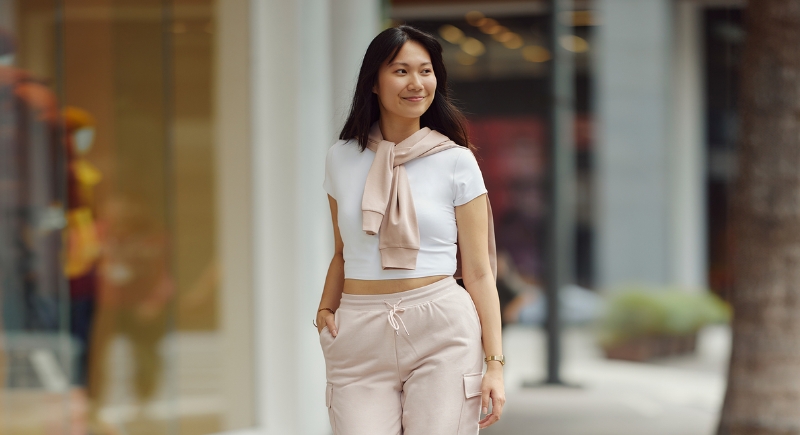
Credit: Instagram
Uniqlo doesn’t chase trends. Instead, it focuses on perfecting basic necessities like plain tees, stretch pants, and lightweight outerwear. The brand focuses on reliable building blocks: the kind you wash on Sunday and wear by Monday.
A Stumble Before a Comeback
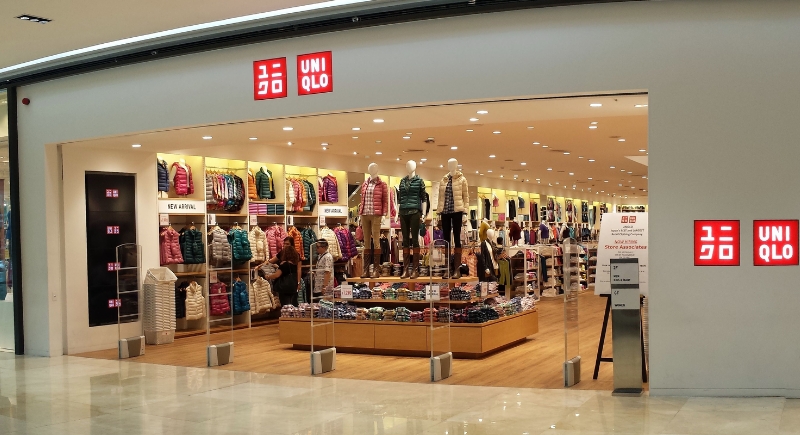
Credit: Wikimedia Commons
Uniqlo’s early attempt to break into the U.S. didn’t catch on. Stores opened in 2005, but most shoppers didn’t know what the brand stood for. Uniqlo shut down those first locations and stepped back for a few years. By 2012, it tried again. This time, it led with clear basics and a sharper sense of what American shoppers wanted. The second launch stuck.
A Product Philosophy Grounded in Realism

Credit: Instagram
Uniqlo builds its clothes around simple ideas: people want to stay warm in winter and cool in summer, without feeling weighed down or uncomfortable. That thinking led to HEATTECH for cold weather and AIRism for heat and humidity. These are fabrics that actually feel good to wear, day after day. Uniqlo puts practical comfort first.
Customer Feedback That Actually Shapes Products

Credit: Instagram
Unlike retailers who chase fads, Uniqlo listens closely to its shoppers. One example: consumers asked for non-itchy sweaters, so Uniqlo developed the Souffle Yarn line. It resulted in a warm, soft knit that quickly found a fan base.
Stores That Serve as Marketing
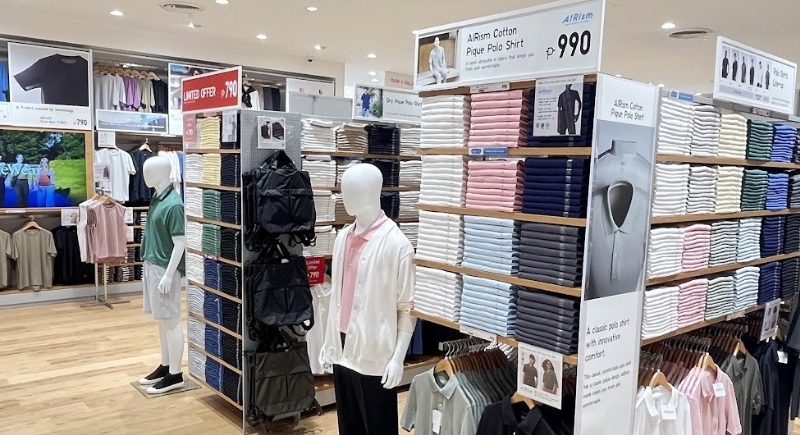
Credit: Instagram
There’s no in-store DJ, no color-coded chaos. Instead, you will notice bright lights, folded piles, and a layout that makes sense. The store experience doubles as a silent ambassador. The clean layouts, clearly organized sections, and functional displays invite exploration without overwhelming.
Technological Fluency Without the Flash
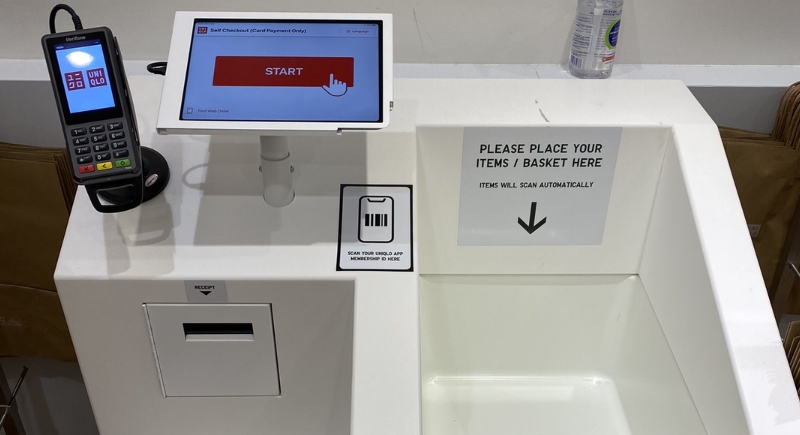
Credit: X
RFID bins at checkout don’t scan each item; they scan all at once. It’s quick, quiet, and strangely satisfying. While other brands launch flashy features with Instagram tags, Uniqlo slides in subtle efficiencies that make the process smoother. You leave with your bag packed, and none of your patience spent.
Adapting Globally, Connecting Locally

Credit: Instagram
No matter where you go, Uniqlo stores feel familiar. The layout stays mostly the same, whether you’re shopping in Toronto or Tokyo. But not everything is identical. Local designers sometimes show up on the shelves, and certain fabrics or fits change with the climate. The basics stay consistent, but each store still reflects where it’s located.
Minimal Branding, Maximum Clarity
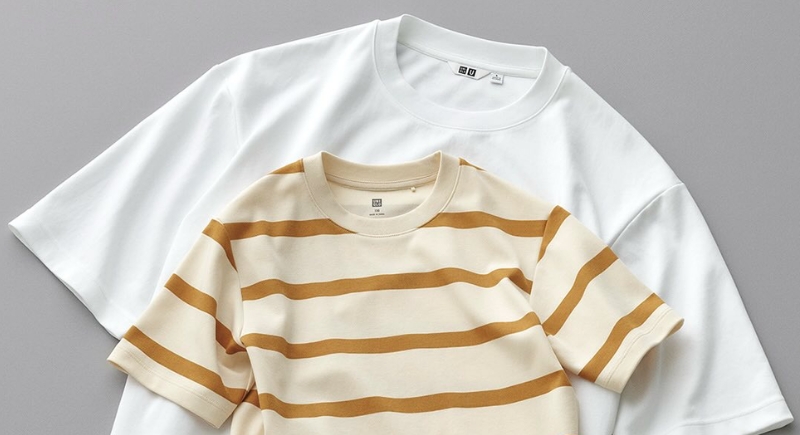
Credit: Instagram
You won’t find massive logos or viral graphics here. Uniqlo’s look leans neutral, with clean silhouettes, solid colors, and classic fits. The branding involves pieces that integrate effortlessly into wardrobes without broadcasting the label. That subtlety gives shoppers freedom and keeps the spotlight squarely on the person wearing it.
An In-Store Experience That Doesn’t Demand Effort
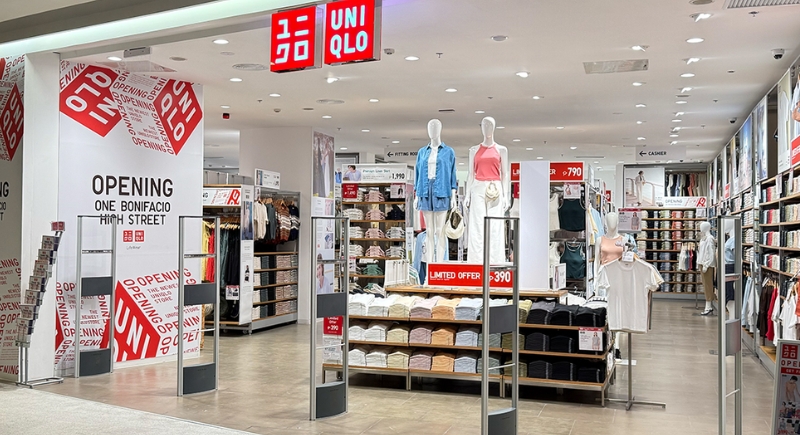
Credit: Facebook
Uniqlo stores avoid loud signs and cluttered clearance bins. The layout is open, the shelves are tidy, and sections are easy to navigate by season and style. Staff are there if you need them but don’t hover. Shopping feels straightforward—nothing gets in the way of the clothes.
Pricing That Builds Trust
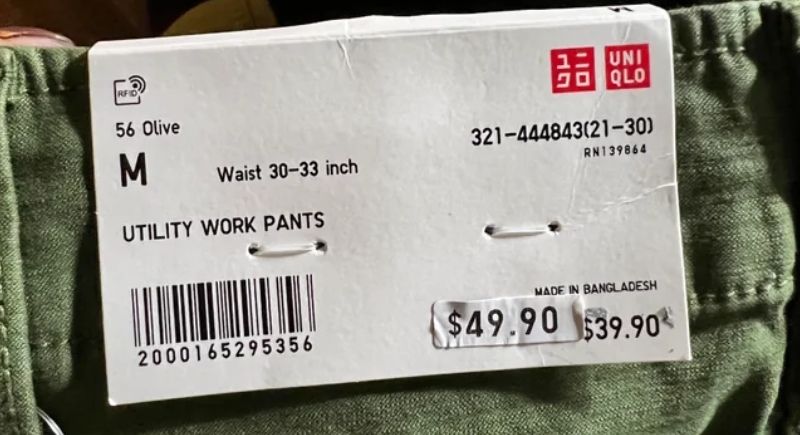
Credit: Reddit
At Uniqlo, the price you see is the price you get. A shirt marked $29.90 won’t drop to half price next week or spike when there’s a rush. Sales are rare, and big discounts aren’t part of the plan. This approach takes out the guesswork and the waiting game. Shoppers don’t have to hunt for deals or wonder if they missed out. That kind of consistency builds trust, and it’s one of the reasons people feel comfortable coming back.
A Quietly Ambitious Store Rollout
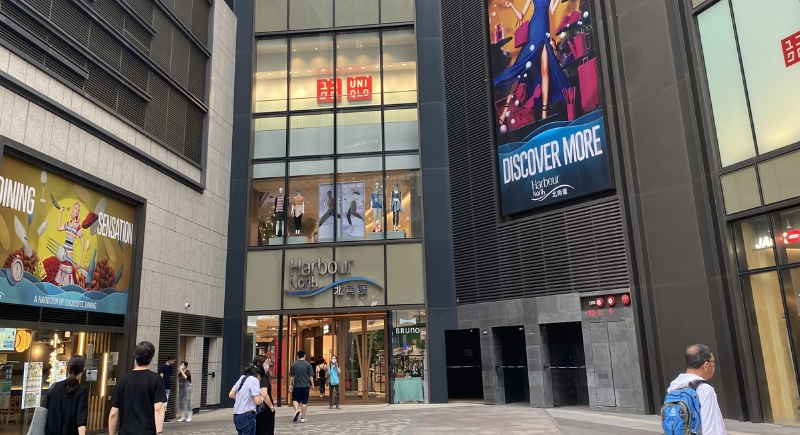
Credit: Wikimedia Commons
Uniqlo started small in North America, with just a handful of stores at first. Now, the brand has 69 locations and is planning to triple that number in the next few years. The growth is steady but ambitious, and each new store shows they’re in it for the long haul.
The Founder’s Vision Guides the Brand Identity
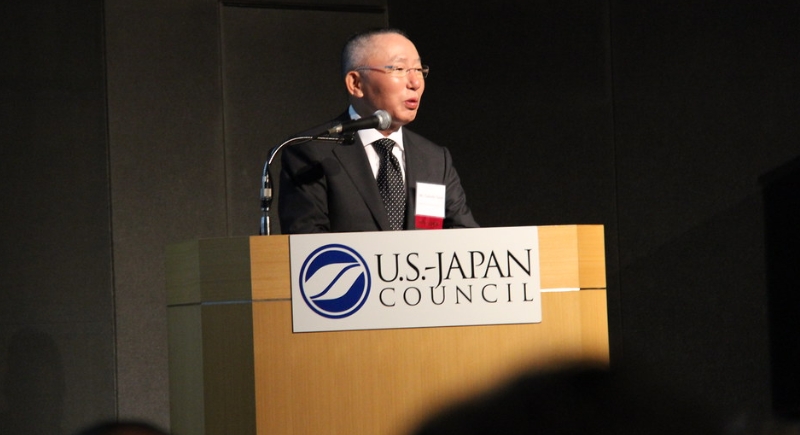
Credit: flickr
Tadashi Yanai didn’t want Uniqlo to chase trends or produce flashy collections. Instead, he built the brand around efficiency and problem-solving—more like running a tech company than a fashion house. He pushed for clothes that work in real life, steady systems behind the scenes, and materials that serve a purpose. That approach shapes everything Uniqlo does.
A Reputation Built on Doing the Basics Well

Credit: Instagram
Consumers turn to Uniqlo not for novelty but for reliability. Whether it’s office-appropriate cardigans or lightweight travel jackets, the brand has earned a reputation for clothes that last, wear well, and fill the gaps in any closet without overpromising.
E-Commerce Is Still a Growth Gap
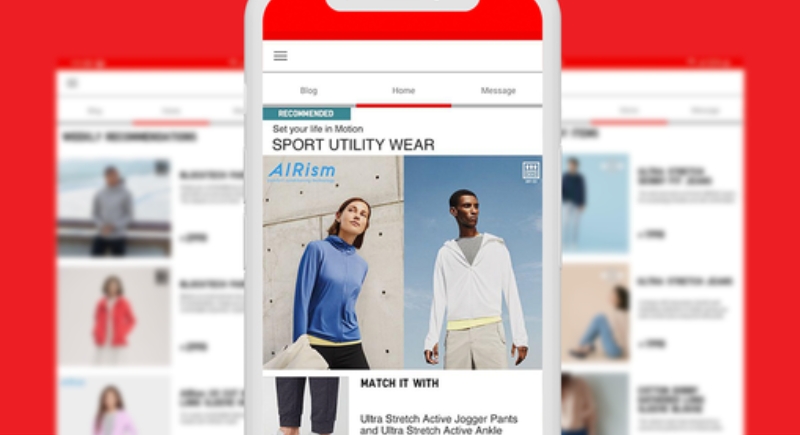
Credit: Facebook
For all its smart decisions, Uniqlo’s online storefront still lags behind bigger fast-fashion competitors. The site can feel sparse, and shipping sometimes stumbles. With fewer stores than rivals, the digital side matters more, but there’s room to grow. If they apply the same focus here, digital loyalty could follow.
Sustainability as a Slow, Steady Effort
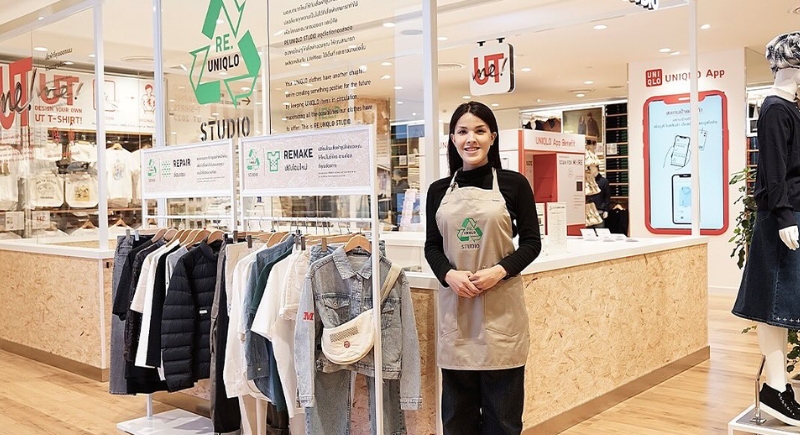
Credit: Instagram
Uniqlo’s RE.UNIQLO program collects used clothes for reuse or recycling, and repair stations are expanding in some cities. These are small steps, but they reflect the same deliberate approach seen in its product lines.
